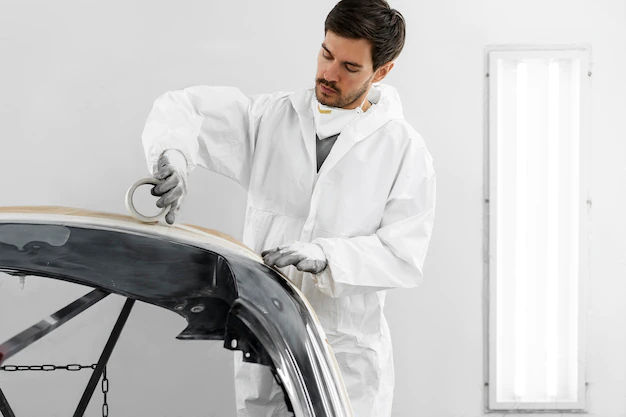Are you trying to find the best paint for cars? Selecting the type or types of Automotive Touch Up Paint you want to employ is a crucial phase in the painting of a car.
The following are some things to think about while choosing the best paint for cars:
Types of Automotive Paint: Various Factors
- Your desired finish
- The materials you have at your disposal
- Your budget, and the primary motivation behind painting your car.
You may wish to consider all of these before starting your effort to paint an automobile.
The most common varieties of automobile paint and their attributes are listed in this article. The article’s goal is to define the various paint kinds; it does not suggest that one paint type is superior to another. Simply by assisting you in selecting the type of vehicle paint depending on your requirements and goals for your automobile paint, this list makes your life easier.
Automotive Paint Types
Lacquer Paint
Due to its strong and lustrous finish, lacquer paint was immensely popular from the 1920s until the 1960s. Even in chilly weather, it is thought to be the easiest paint to apply. It is a cheap alternative that can be used at 65 degrees.
Although the paint dries more quickly, it can take up to eight coats, which can result in longer painting sessions and tedious drying times.
Urethane PPain
Since urethane auto paint is durable and unlikely to chip, it is widely utilised. Manufacturers and experts also use it to paint engine components that could quickly become heated. With the aid of hardeners, this kind of automobile paint dries quickly and can be sprayed on other paint kinds to conceal imperfections. It is also simpler to keep in a straightforward garage setup and can give you a durable, gleaming finish.
You will need personal protective equipment to protect your lungs, skin, and eyes from harmful fumes since urethane car paint needs hardeners to dry properly. When painting with urethane, it is usually advisable to seek expert assistance.
Acrylic paint
Compared to urethane, acrylic paints are water-based and less hazardous, but they have many of the same qualities as urethane auto paints. It lasts a long time and provides a glossy finish. It is a cost-effective choice that can give your car a wonderful look.
Acrylic Paint Types
Three varieties of acrylic paint exist: Urethane, lacquer, and enamel.
Acrylic lacquer fades and wears quickly when exposed to the sun. While taking up to two days to cure in general, acrylic paints do not pick up dust or debris like other paints do.
Acrylic Enamel
Since acrylic enamel paint forms a thick, durable shell over the entire car, it lasts a very long period. Enamel paints come in single-stage and two-stage varieties. In essence, two-stage enamel paints require the basecoat and clear coat to be applied separately; single-stage enamel paints just require the basecoat and clear coat to be mixed together.
Another paint that is not suggested for do-it-yourself painting jobs has two drawbacks. One is that acrylic enamel paints are extremely difficult to use, much like urethane. The second explanation is that shops have the tools necessary to "bake" the paint onto the car, extending its lifespan.
Acrylic Lacquer
The earliest automotive paint was lacquer, which was also the only choice for several years. The advantages of this type of paint include its high gloss and the fact that acrylic lacquers are the easiest paints to use. The drawbacks of this paint include its rapid fading, especially when exposed to UV rays, and the fact that it is now prohibited in many states because of its negative effects on the environment.
Acrylic Urethane
Acrylic urethane is a fantastic new alternative for paint. It is easy to apply and has a long shelf life similar to enamel (but is not prohibited everywhere). The only issue with this type of paint is that it must be applied very away after mixing since it contains a catalyst that causes it to dry quickly.
Solid paint
Solid paint is the most popular and affordable type of paint. Since it’s simple to match the hue and conceal scratches, solid paint is less expensive and easier to repair. This paint’s main drawback is that it's the most monotonous choice.
Metallic paint
Metallic paint gives off a glossy appearance and is typically employed on sporty and performance vehicles. The finest paint to conceal imperfections or minor scratches while running is metallic paint because of its exceptionally bright and reflecting nature.
Metallic paints are more expensive than ordinary paints but have a high resale value and are regarded as high-end paint in the market. Metallic paints might be much harder to repair after a large dent or dong since they must be perfectly matched. They also come in a small selection of colours.
Matte Paint
Today, matte coatings are particularly popular among luxury vehicles. They produce a flat appearance as opposed to a shiny finish. Regardless of the weather, they often make your automobile seem fantastic.
Matte paints are somewhat pricey and require a lot of upkeep. They need particular maintenance and simpler, non-reactive products on the surface. They do not conceal scratches like glossy coatings do.
Pearlescent paint
Metallic paints and pearlescent paints are comparable. Mica or ceramic crystals are used in pearlescent paints whereas metallic paints are composed of aluminium powder. The mica or ceramic crystals not only reflects but also refracts light. This provides the car a colourful appearance from various perspectives and gives it a sparkling appearance in the sun.
Repairing pearlescent paints is extremely challenging. They cost as much as metallic paints and are challenging to fix.
Automotive Paint Types: In conclusion
You can choose the best paint kind for your automobile with this knowledge of what each form of car paint can achieve. The finish and appearance of your car will ultimately reflect your personality and uniqueness. Your ambitions for automobile paint can start taking shape by carefully assessing your possibilities.

